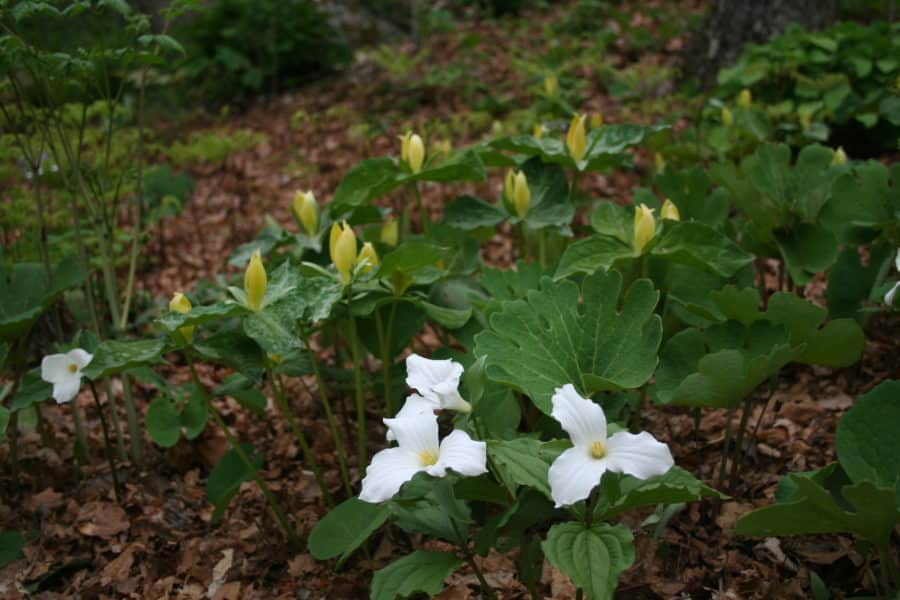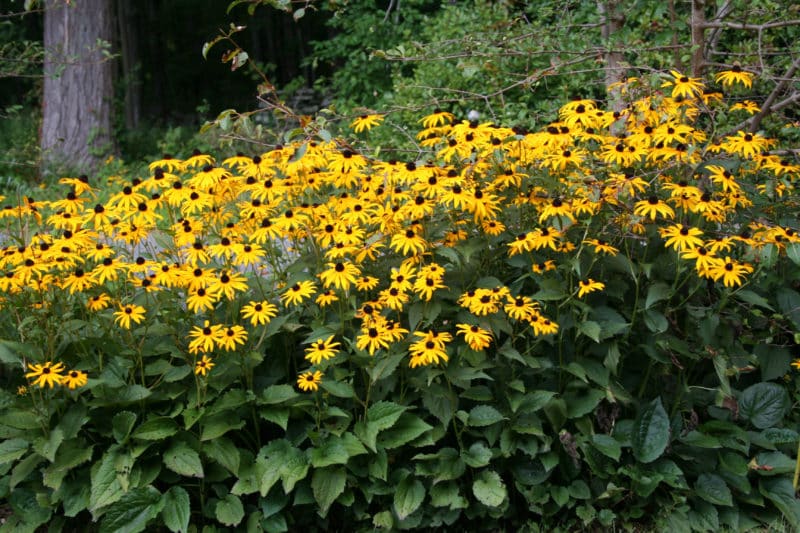Now that we have been looking at seed catalogs, I thought it might be a good time to talk about how to germinate seeds. I always encourage you to add native wildflowers to your garden for their beauty and their attractiveness to native wildlife.
Seeds are a great way to grow lots of plants for a little money rather than buying one plant for a lot of money. Seeds are not always reliable, but with a little care and attention, you can grow some of the plants you have always wanted. Most wildflower seeds need some kind of stratification so here are some tips to achieve germination.
Stratification relates to the techniques to overcome dormancy and encourage your seeds to germinate. Stratification for our native plants can take several forms. Most commonly, cold-moist stratification is important to a many of our New England wildflowers. In nature a seed falls to the ground in fall then goes through fall and winter and germinates in the spring. To do this with a packet of seeds, sow the seed in a flat, put the flat outside or in the refrigerator for 90 days then move that flat to a warm location for germination. These seeds require moisture AND cold temperatures in order to break dormancy. Other northern wildflowers need dry-cold stratification. Collecting the seed (or buying a seed packet) and storing them in the refrigerator for30 to 60 days then sowing them in a warm location is enough to break dormancy.
Another form of stratification typical of some species that bloom and drop seeds early in the summer season are seeds that require a warm period before going through the cold stratification described above. Fortunately there are also a number of species that need no stratification at all and will germinate upon sowing in a warm (or cool) location. Plants in the legume family (Lupine, False Indigo) are aided by soaking the seed in water for 24 hours before sowing.
The most difficult to germinate northern species need a little more attention. Certain seeds have very hard seed coats that require scarification. This means scraping or abrading the seed coat can to cause a seed to break dormancy more quickly. Of course some seeds are REALLY tough and require two years to break dormancy and germinate. These last seeds are best sown in garden soil which has bacteria, fungi and insects that will aid this process.
Fortunately, when you order wildflower seeds from a catalog, there is a code and a description of how to treat the seed. For beginner seed starters it helps to stick with no pretreatment, soaking or cold stratification. As you become more adept at growing seeds try the more difficult ones. I always tell people, if you have found a method that works for YOU – don’t change it! There are many ways to increase the number of plants and the diversity of species in your garden. Happy sowing!



